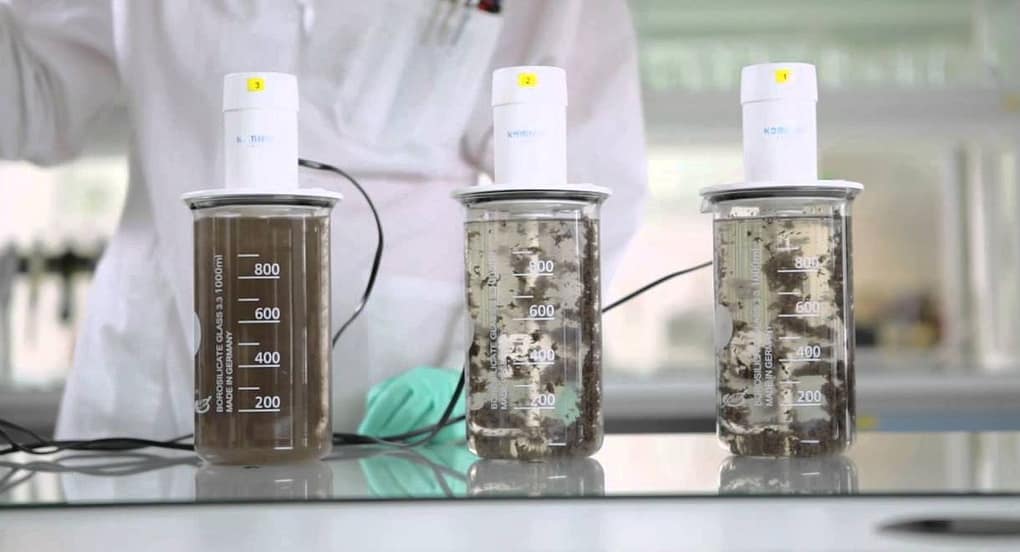Polymer in wastewater treatment are nothing short of incredible. Although awareness of polymers’ benefits is growing, many industries and individuals are unaware of how polymers can help clarify their wastewater, saving them time, money, and energy.
What is wastewater treatment polymer?
In wastewater treatment, polymers are used to coagulate suspended solids and produce large curds of solid materials (floc). Should be diluted with water up to 0.5% concentration prior to application.
Polymers separate solids from liquids through a process called flocculation. Due to the name of the process, you’ll hear these specific water-soluble polymers referenced as flocculants or polymer flocculants.
The polymers’ ability to flocculate solids is central to their role in water treatment. They can be effective on their own and very impactful when combined with a coagulant.
Most industrial process water or wastewater includes sediment and particles with a negative electric charge. The negative charge around each particle keeps them from coming together, creating colloidal dispersion. Negatively charged particles won’t come together and float in liquid suspension for hours, weeks, and even years. A simple example is muddy water created by aggregate producers who wash sand and gravel.
A coagulant added to muddy water creates a coagulation process that neutralizes the particles’ negative charge. Once neutralized, the particles can come together to form larger particles called micro-flocs or pin flocs.
Is polymer a flocculant or coagulant?
Polymers (long-chained, high-molecular-weight, organic chemicals) are becoming more widely used. These can be used as coagulant aids along with the regular inorganic coagulants. Anionic (negatively charged) polymers are often used with metal coagulants.
Why is polymer added to sludge?
Wastewater treatment plants primarily use polymers in the sludge drying process to help congeal small pieces of biosolids into larger ones. That is because the use of ferric- and aluminum-based compounds leaves biosolids fragmented and water-laden.

